© paperbacKnow limited 2013 -
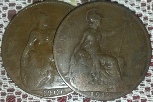
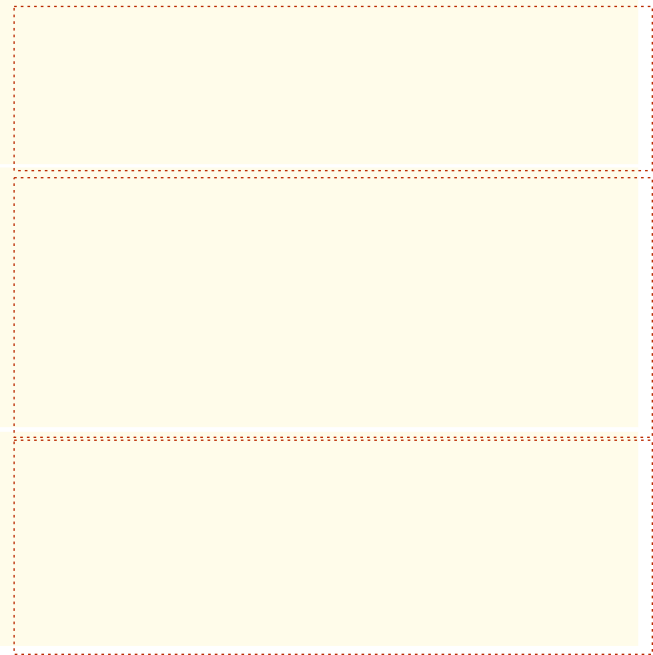
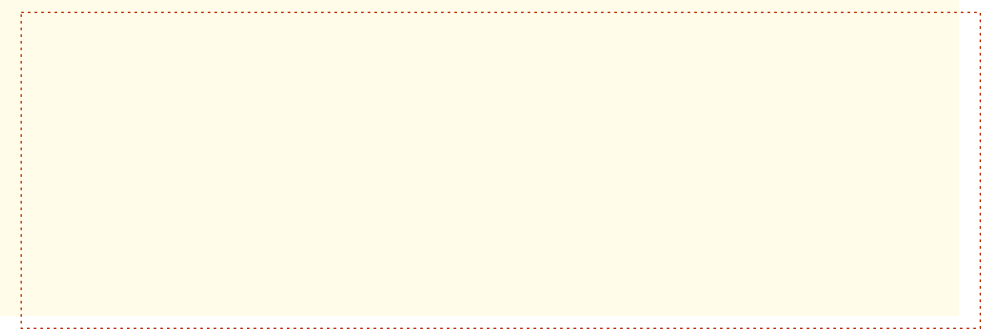
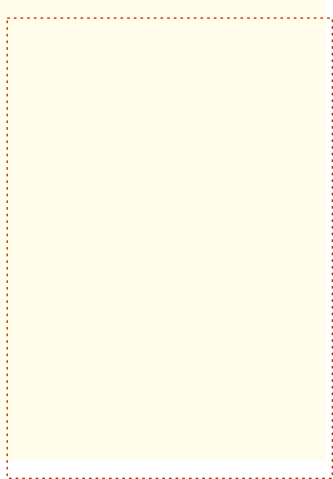
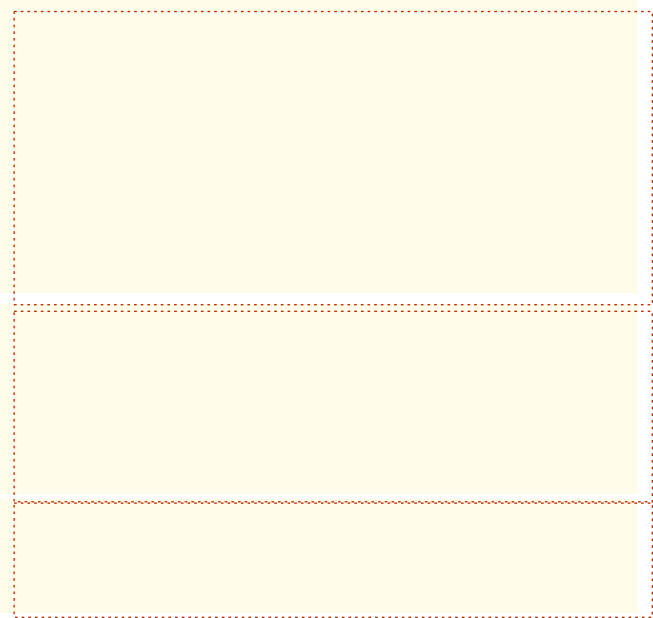


Episode 3 of Tudor Monastery Farm was first screened on 27th November 2013 on BBC2. It is available on BBC iplayer until 25th December 2013.
This episode deals with the diet of the day and how it was produced. Substantially this consisted of bread and ale.
It being Ascensiontide, the crew first go out to ‘beat the bounds’.
Meat was not much consumed by the poorer members of society, but the crew are keeping pigs. And the piglets are now old enough to fatten up in the woods. Taking the piglets out to the woods appears enough of a challenge. But I’m left wondering how they will get them back afterwards.
Ruth catches wild yeast by leaving a starter out in a field. I wonder it this is really necessary when she is living in a house with no glass in the windows. Even today, many people get sourdough starters going in their own homes. It seems unlikely that this was an everyday task, however. Later in the episode we see bread made in the monastery using ale barm.
Even the farm would get through some 300 gallons of ale each month. So ale production would likely be an ongoing process which would mean barm would be readily available.
Before she can brew her beer, Ruth has to malt her barley. This is is a process to start the seed germinating so that the starch turns to sugar which the yeast, in its turn, will turn to alcohol.
In Tudor times, the monasteries were starting to use mechanical clocks to keep their prayers regular. This was made more complicated because there were deemed to be 12 hours in the day and 12 in the night. So the clock had to run at different speeds in summer and winter to fit the longer and shorter hours of daylight.
We then see flour ground in a windmill and used for making bread at the Monastery.
Although bread and ale were the mainstay of most peoples diet, the better off also ate meat. And sheep kept for wool don’t live for ever. Ruth roasts a shoulder of mutton in front of the fire and serves it up for lunch.
The episode ends on midsummer night with due seasonal revelry and a valiant attempt to roll a flaming wheel down the hill -
Beating the Bounds
Beating the bounds is an ancient ceremony carried on across Britain since at least Anglo Saxon times. Made obsolete by the advent of official maps, its primary purpose appears to have been to pass down from generation to generation knowledge of the boundaries of the parish. The practice is now observed in only a few parishes to maintain longstanding tradition.
Pannage
The narrator refers to the practice of fattening up pigs on fallen acorns and nuts as the ancient right of pannage. I’m not sure, however, that this happened much at Ascensiontide (in the spring) as there are few fallen acorns around at that time of year. The practice is still observed today in the new forest where it is known as the Common of Mast and covers a period of 60 days determined by the Forestry Commission after consulting the Verderers. Prior to 1964, Pannage took place from 25th September to 22nd November.
Aside from the obvious purpose of fattening up the pigs before they are slaughtered, there are other benefits to Pannage. The green acorns and beech mast that the pigs eat, while nutritious for them, are poisonous for some of the other animals that might be around. In 1968, 80 ponies and 40 cattle died from acorn poisoning in the New Forest.
You can read about the Common of Mast and other rights and practices of the Commoners of the New Forest on the New Forest website.
Barm
Barm is a froth that forms on the top of ales as they ferment. It is essentially yeast and can be used, as demonstrated in this episode, for fermenting bread. It is not found in the same way when brewing beers such as lager or pilsner. These are fermented at lower temperatures and use a different type of yeast which tends to settle at the bottom of the brew rather than rising to the surface. These yeasts may be less suited to the task of bread making as they tend to ferment more slowly. But in any case, if they are at the bottom of the vat they will be less accessible than the barm which rises to the top.
The bell foundry
The bell is cast at neither the Weald and Downland museum nor the Monastery but is the work of artist and independent scholar, Andrew Lacey. You can read more about him on his website at www.andrewlacey.com.
The Clock
An early clock was demonstrated by Alan Middleton from the British Horological Institute -
The clock that we saw installed at the monastery was a modern replica made in Spain by Carlos Fernandez-
Malting the Barley
For malting the Barley we return to Weald and Downland. The building here is ‘The Granary’. Built at Littlehampton in 1731, it was relocated to Weald and Downland in 1970. As Ruth sits on the steps with her sprouted barley, you can see the mushroom shaped staddle stones which are designed to be unclimbable by mice and rats. Access to the building is via a step ladder which can be raised to complete the protection.
Ruth then roasts the barley in ‘the bread oven’ before boiling it up in a copper. Clearly, this is not in her farmhouse -
You can read more about the Granary and the Tudor Kitchen on the Weald and Downland website.
The Mill
Weald and Downland has a working watermill dating from the 17th century which, until 1973, stood at Lurgashall in Sussex. When you visit the museum, you can see it in action and can buy some of its flour.
But there is no windmill at Weald and Downland. Peter goes to High Salvington Windmill near Worthing. This is a post mill which means, as demonstrated on the programme, that the bottom half of the mill is fixed while the top half can be rotated around a post to face the wind. It stands on its original site where it has been operational since its restoration in 1991. It is open to visitors on the 1st and 3rd Sunday of each month from April to September. You can find out more on its website.
Next Wednesday, 4th December, episode 4 moves away from farming to tell us about the other ways that the monasteries made money including mining, fishing, and running inns.
You can learn more about Tudor Monastery Farm in a BBC book to support the series -
If you like Tudor Monastery Farm, the previous farm series from the same team are all available on DVD.
